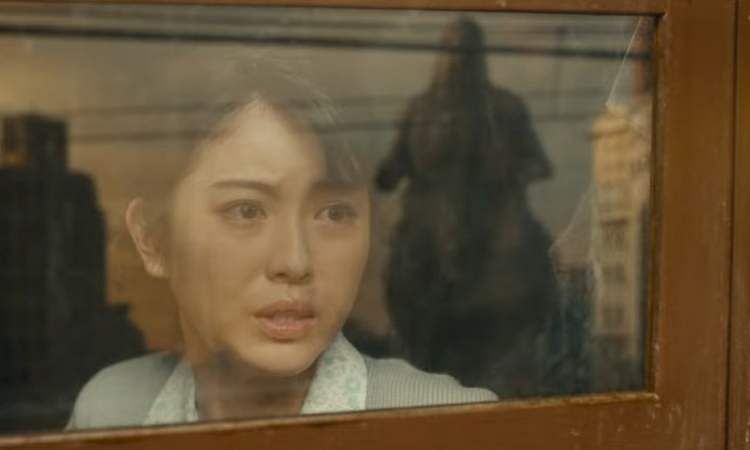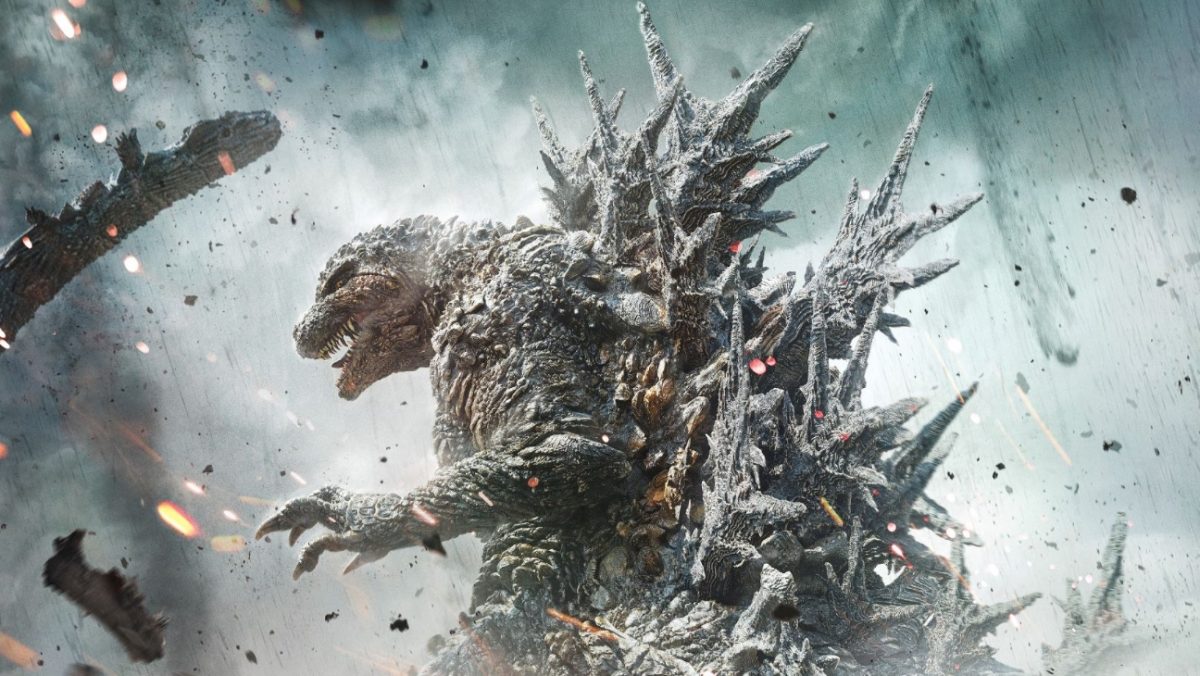You probably think of Godzilla as a lovable giant pet lizard with a crew of equally freaky frenemies who tear up Tokyo when they get into tiffs and occasionally fight aliens with questionable fashion sense.
But that was not the creature who appeared off the coast of Japan in 1954. Director Ishiro Honda’s Gojira is an anti-war tract disguised as a monster movie. Godzilla was a symbol of natures wrath, awakened and mutated by American nuclear bomb testing in the Pacific. The scenes of fiery devastation as Godzilla levels Tokyo with his atomic fire breath would have been familiar to the millions of Japanese who had lived through the American bombings at the end of World War II. Considered in this context, the ending, where a scientist creates a super weapon to defeat Godzilla, then kills himself to prevent the technology from falling into military hands, becomes especially poignant.
The King of the Monsters may have lost his edge a bit over 37 features by a number of studios, endless merchandising, and a big budget series from Apple TV, but director Takashi Yamazaki was determined to take the big guy back to his roots with Godzilla Minus One. The picture opens with the familiar spectrum logo of Toho. The Japanese studio that pioneered kaiju movies 70 years ago recently regained the rights to make Godzilla movies from Legendary. It’s 1945, and a battered Zero lands on a ruined Pacific runway with a bomb still conspicuously attached. Koichi Shikishima (Ryunosuke Kamiki) is a kamikaze pilot who refused at the last minute to kill himself for an obviously lost cause. Around the time mechanic Tachibana (Munetaka Aoki) figures out that Koichi was faking technical issues, a monster attacks the airfield. The locals call it Godzilla, but it’s much smaller than the building-smashing bruiser we love. It’s just a regular-sized T. Rex, which is scary enough to kill the entire garrison except for Koichi and Takibana, who witnesses our hero run instead of taking a shot at Godzilla with his plane’s 20mm cannon.

After the war, Koichi returns to find Tokyo in ruins, and his family dead. The poor souls scavenging through the wreckage don’t let him forget he was supposed to die in the war. He takes in a street urchin named Noriko (Minami Hamabe) and Akkiko (Sae Nagatani), an orphan baby whose dying parents entrusted to her. Over the next few years, they build a life together, as Tokyo struggles to return to normal. Koichi gets a lucrative but hazardous job clearing mines from the harbor in a wooden boat in order to build a home for Noriko and Akkiko.
This long middle passage resembles the social realism of Yasujiro Ozu, whose masterpiece Tokyo Story was released the same year as Godzilla. Just as you’re getting attached to Koichi, Noriko, Akkiko, and their eccentric, long-suffering neighbors, a newly mutated Godzilla shows up and threatens to burn it all down again. If there’s one thing that makes this film different from all the other giant monster movies, it’s that this one has real stakes. It’s fun to watch a guy in a rubber suit stomp on a model train set. It hits different when the little people who live there just had you over for a delightful dinner.

Giant monster/robot films are not exactly noted for their acting, but Kamiki carries the film on his back with a committed, harrowing performance as a man wracked by guilt, looking for redemption, and finding very little. Yakazaki’s script is sharp and political. When Koichi’s minesweeping job puts him on the vanguard of the fight against Godzilla, the director turns a Jaws riff into an indictment of blind patriotism. Asked to once again risk their life for Emperor and country after surviving a brutal war, a weary sailor mutters “This country never changes. Maybe it can’t.”
Most impressive of all, Yakazaki does it all on a budget of just $15 million. For comparison, Legendary’s vastly inferior Godzilla vs. Kong cost $200 million in 2022. Godzilla Minus One is the best kaiju film since Ishiro Honda’s 1975 swan song, Terror of Mechagodzilla. When it comes to big lizards, sometimes less is more.
